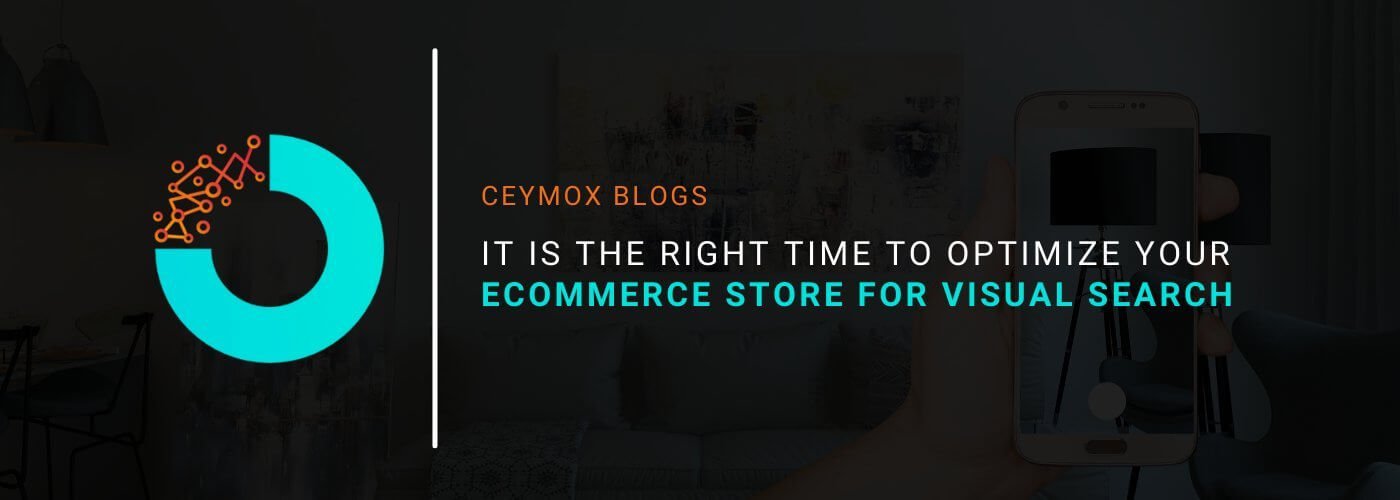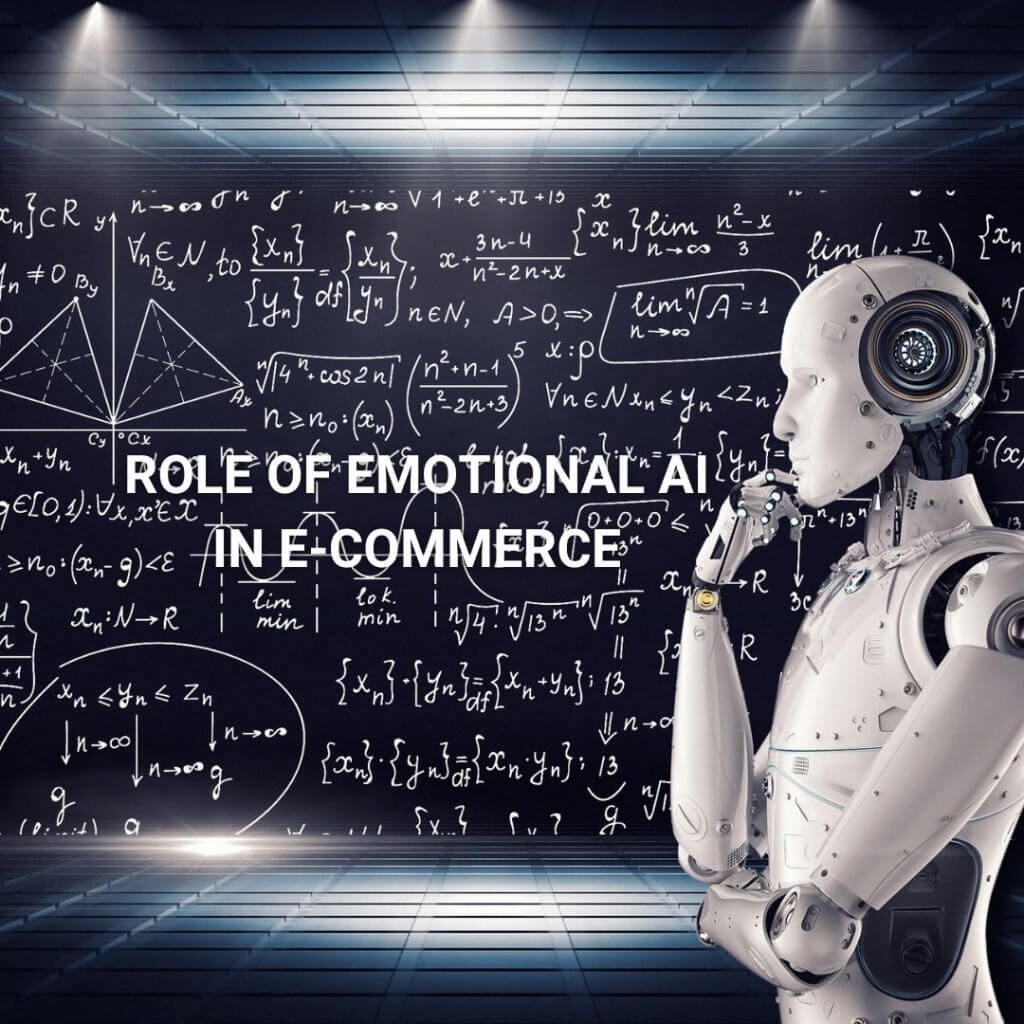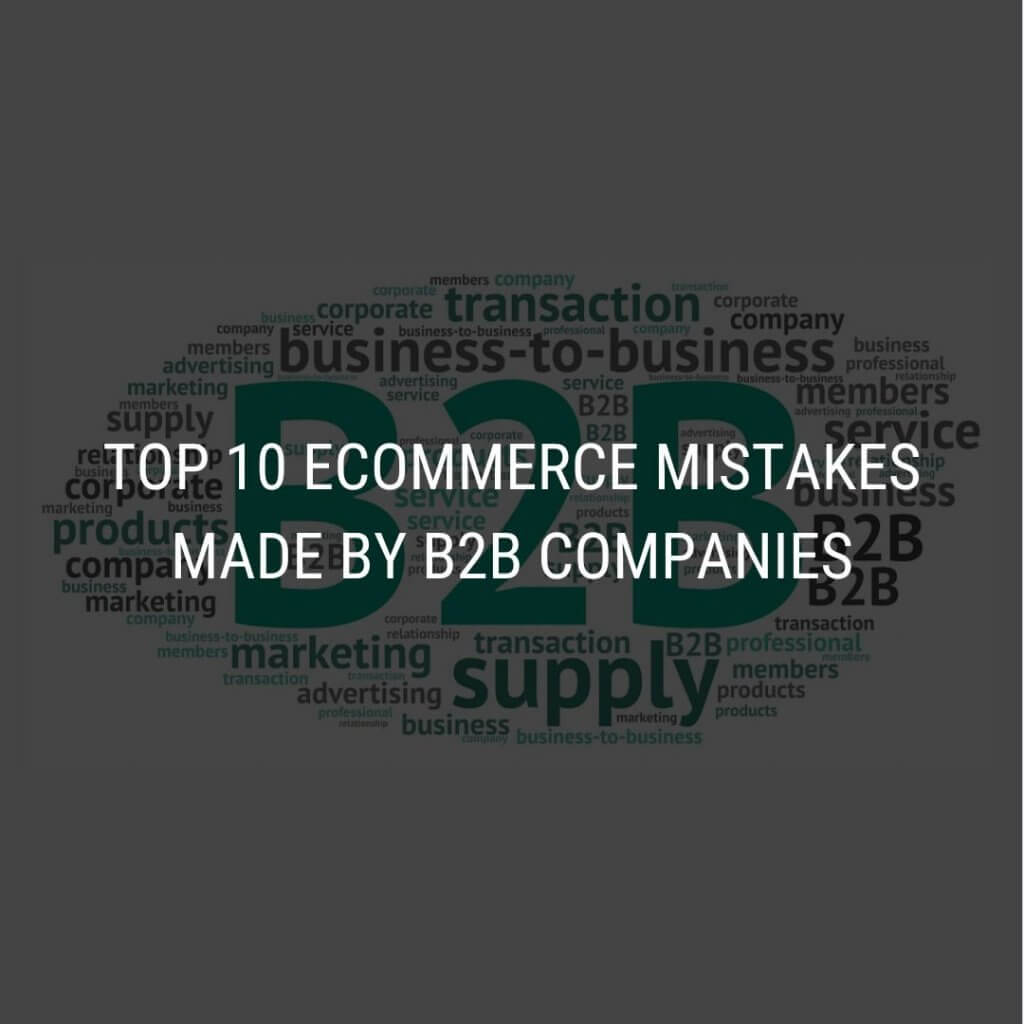
Imagine you are on a trip and you find a person standing near you wearing an attractive jacket you never knew you wanted. You take out your smartphone to check whether it is available to buy online, but what you should type? How to describe a jacket? A blue jacket with a pocket in front? A black woollen jacket with a cap? And sometimes we don’t even know the colour name. Also, we don’t feel to even ask the person about the jacket. With so many questions and vague search terms, it becomes frustrating and we stopped searching. The person has left the place and the jacket is lost forever. What if there was another way?
Well, there is and it is called Visual Search. The e-commerce technology experts have developed this technology understanding that humans are incredibly visual creatures. We can identify the images within 13 milliseconds and 90% of information that our brain perceives is visual. Thus visual search can help us to quickly find the products without typing and just pointing the camera to the product that we want to buy. In this article, we will be going through many different aspects of visual search and how it is beneficial for your e-commerce store.
What is a Visual Search Engine?
The searching feature is rapidly progressing and getting more intuitive and user-centered. The latest advancement is visual search. Visual search can transform the way of e-commerce shopping in the future.
Users can search in a very different manner by visual search – a way which is not possible with traditional text search. As per a study by Gartner, early brands who have redesigned their stores to support visual and voice search can increase their online revenue by 30% in the upcoming two years.
With Visual search, customers can search for products using images. After uploading an image into the search bar, the search engine will try to find the best products matching the image and also provide additional suggestions which will be similar products, or brands, etc. Visual search is very fast and convenient in comparison to text-based search. In visual search, users just have to take the product picture they want and upload it on the search engine. They don’t need to brainstorm the perfect keyword for that product or the best description for best results. You can find a similar product or related product within seconds. After the voice search, visual search is the next big thing in the e-commerce industry.
How Visual Search Can Transform E-commerce?
There are certain factors that will let visual search transforming the e-commerce industry:
a. Seamless Customer Experience:
Do you know people do more than 600 million searches on Pinterest every month and the numbers are only increasing? Nearly two-thirds of the users prefer visual search over any other kind of search. Google Lens is a very popular example of visual search which pulls similar product examples from Google Shopping.
Many online retailers are using visual search to bridge the gap between seeing and buying – within their own brand. For instance, there is a search tool in Style Match in the ASOS mobile app. It allows buyers to take or upload a picture and then discover products from their catalogue and match it. It can match from more than 850 brands and over 85,000 products. Users can upload a picture of a designer product and find more affordable styles that match it.
A similar smooth experience continues when the users return to the website. On the next visit, there is a more personalized, powerful targeted search.
b. Turns “Out Of Stock” into an opportunity:
Suppose a visitor went to your store for buying a specific dress. Once she is on the product page, she finds an image of the model wearing that dress and matching necklace, heels, watch and other items which are also available in your store.
The visual AI will let the visitor know that she can buy the complete look of that model instead of one item and will show them similar options. It increases the chances of customers purchasing more items and in turn, increases sales.
Customers feel disappointed when an item they want to buy is out of stock. An AI visual search can help in this by showcasing similar items which are in stock.
c. Bridges the gap between online and offline:
Lonely Planet has recently acquired TRILL Travel, an AI-driven visual search platform that turns social media images into instantly bookable experiences. With this technology, TRILL analyses images and automatically creates links to booking sites. Users can easily go from thumbing photos on travelling photos on Instagram to having tickets to those places. They can even book accommodation, or a meal at a restaurant, just by a touch on the picture.
How to optimize your e-commerce store for visual search engines?
Before implementing the visual search technology into your e-commerce store, you have to first optimize your product inventory for visual search so visual search engines like Google lens or Pinterest lens can index your products. Here are some to get started:
a. Create a unique brand aesthetic:
It is highly important if you use stock images for your product pages. Use a consistent theme and customize it in a way to distinguish yourself from your competitors. The image assets should be consistent across all the categories of your products. It will help search engines relate your brand to a specific style.
b. Apply Schema markup:
In the product detail pages, add schema markup so Google can give detailed information about the products in search results including Google images. The users will be able to check view price, availability, and ratings from the search results.
c. Analyze your own results:
After doing the above two steps you should also check how your images are performing. Try new colours, themes, and backgrounds. A/B tests multiple product images and monitors KPIs to know which images are performing well and which needs to improve and why.
d. Create a sitemap of the images:
An image sitemap is the list of all the images on your site that you can submit in Google Search Console. It will help Google to easily crawl and index the images on your site. Ostensibly, it seems a tedious task, but you can find many 3rd party tools which can help you in this.
e. Use Multiple high-quality images:
You should use multiple high-quality images for each product. If you are using many images taken at different angles then this will increase the opportunity for getting discovered by the visual search engine. The buyers should easily isolate and identify items within your pictures. Let them see your tags, the detail, and accessories.
f. Engage with creative teams:
All your teams (marketing, design, and social media team) should be on the same page in regards to your brand identity. There must be consistent across all the visual assets (product images, social media content, promotional banners). Tell them you want to make the most of visual search, and that you need them to work together to make it happen.
Examples of Companies that are leveraging Visual Search:
Here is a short list of companies that are leveraging visual search. There is only a handful of companies that are leading when it comes to visual search technology. You can take references to these companies for the visual search.
Google Lens allow android users to point their mobile camera at any object, QR code, or even a location and find relevant search results related to the picture. This is directly related to the e-commerce business as it allows users to search for products in a more intuitive and accessible way.
Google lens allows users to search almost anything, including landmarks. If you see a picture that you don’t recognize, snap a picture with Google Lens and it will tell you what it is.
eBay is one of the largest and most popular e-commerce stores across the world. It is also among the few e-commerce stores which allow visual search. The users can eBay using images they got on social media platforms. They can upload the image from social media to the eBay app and get results for similar items.
ASOS company’s app called StyleMatch to use visual search to provide a better shopping experience to its customers. A customer just has to upload an image on its app and the search function will find the perfect match from the ASOS catalogue.
4. Wayfair:
Wayfair is a popular app that sells furniture items and interior decorative items. It is using the visual search engine in the app by which users can upload or take a picture of home furnishing items they like. It will pull the similar-looking products and project a 3D rendering of the product in your home using augmented reality.
Pinterest is one of the most popular social media apps and allows intuitive visual search functions on its mobile app. You can take a picture of any ordinary object (clothing, furniture, etc.) and find matching products that are quite similar to what you look.
Wrapping Up:
At Ceymox Technologies, the best e-commerce development agency in India, we are having expertise in implementing such features and functionalities on an e-commerce store. Let us know your requirements.
 Hubspot SEO Certified |  Hubspot SEO II Certified |  Google Ads Search Certified |  Google Analytics Certified |
Sreehari N Kartha is a skilled Digital Marketing Analyst at Ceymox, certified in SEO. His expertise encompasses a wide range of digital marketing strategies, including managing advertising campaigns on platforms like Google Ads, Facebook Ads, Instagram Ads, WhatsApp Ads, and LinkedIn Ads. With a strong foundation in SEO and SMM, Sreehari is adept at optimizing online visibility, driving engagement, and generating qualified leads and conversions. His passion for emerging technologies, such as Crypto, NFTs, and Web3, further complements his skillset, enabling him to navigate the dynamic digital landscape.
View All Articles








